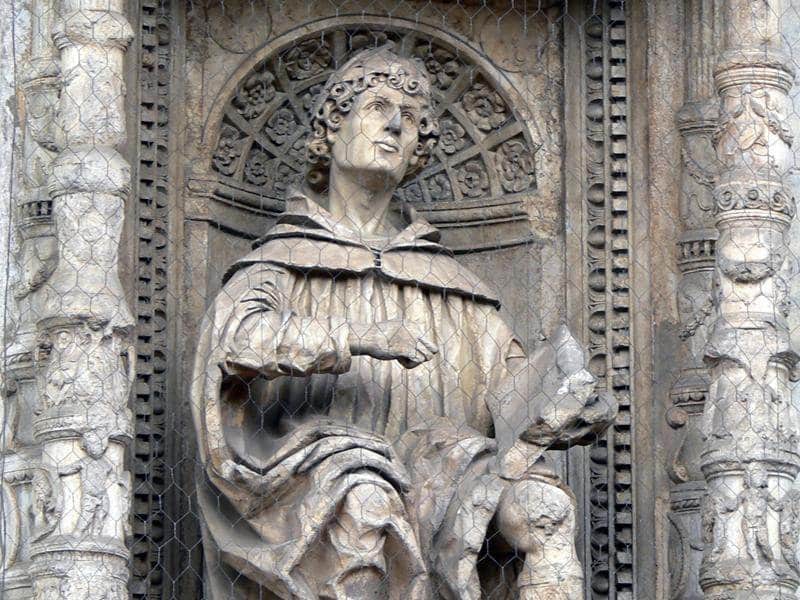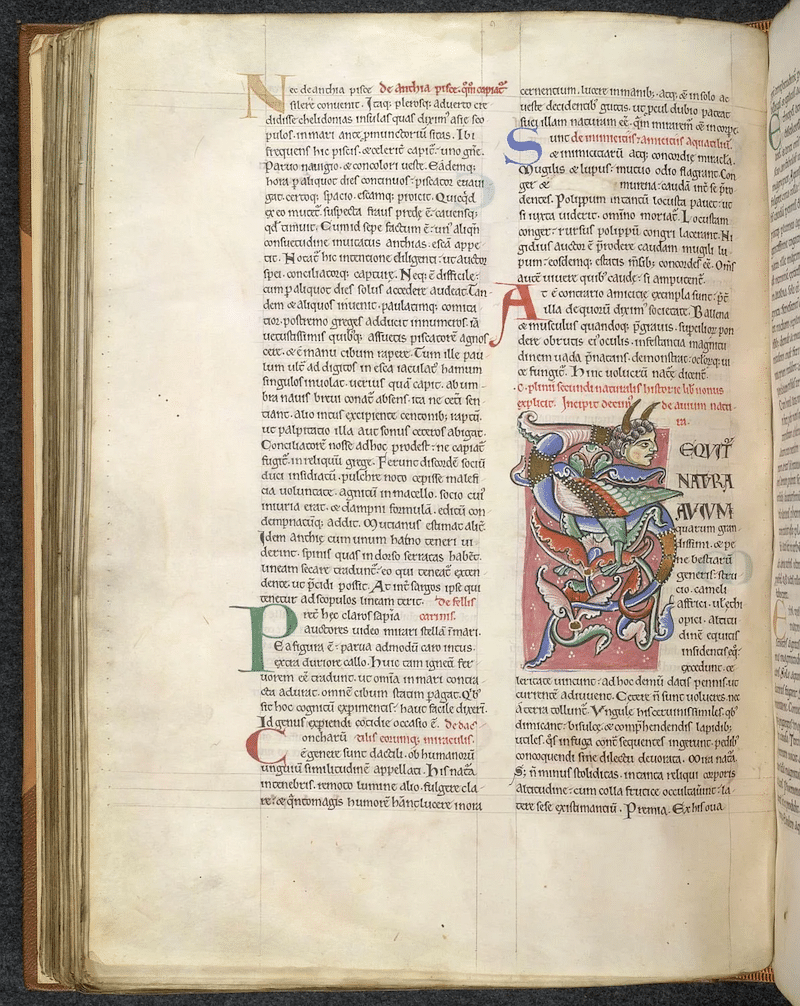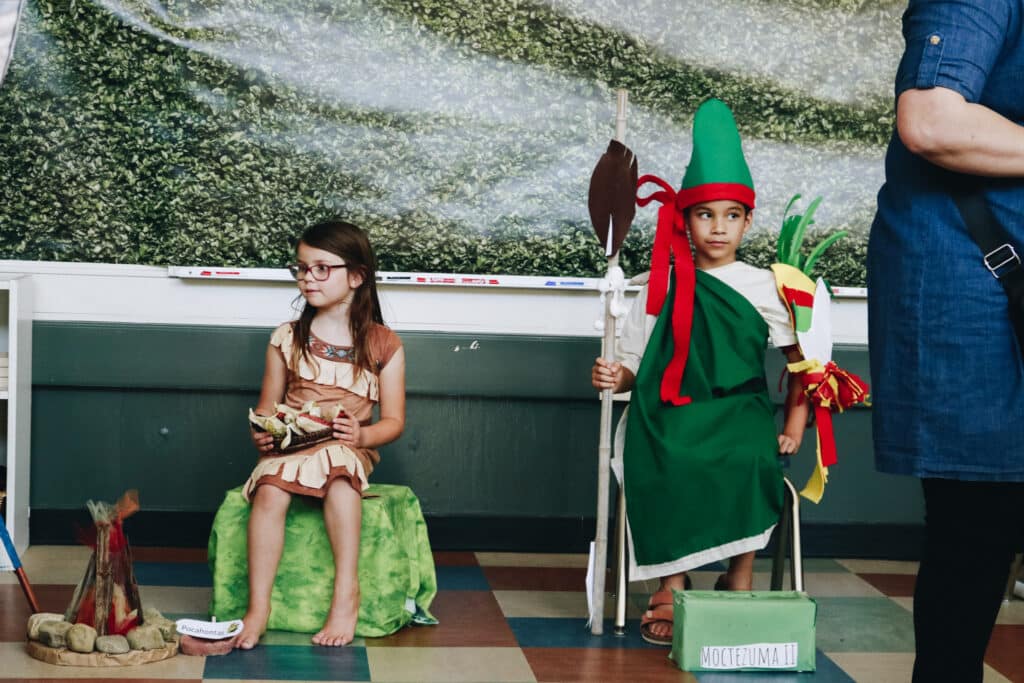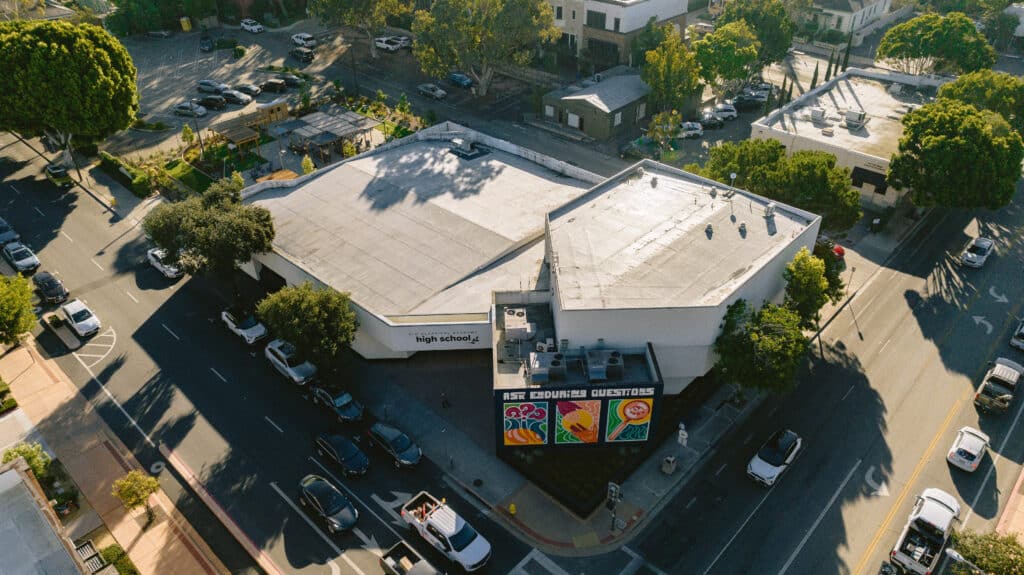Introducing PLINY THE ELDER! If you feel like you’ve heard this name before, you may be remembering a local California (Sonoma County) beer, whose name was inspired by our Somebody for today! But Pliny the Elder is so much more than just the namesake for a brew. In fact, he is famous for being an early naturalist—think of him as the great, great, great, great (times like a thousand greats) grandfather of nature play.

Pliny was born in Como, Italy sometime around 23 or 24 AD. He trained in law and became an officer in the military as a young man. He lived during Nero’s reign of terror, and it appears that he tried to stave off any notoriety during this time (since Nero was a dangerous acquaintance to have). Even so, he wrote several histories, including Bella Germaniae, which existed in twenty volumes. This “History of the German Wars,” though it no longer exists, influenced subsequent Roman historians, including Plutarch, and is sometimes quoted in their works.

Miniature by Andrea da Firenze from an edition of Natural History by Pliny the Elder, c. 1457–58, showing Pliny writing in his study, with landscape and animals; in the British Library.
The British Library (Public Domain)
Pliny is best known for his Naturalis Historia, written while he was working as an administrator for the emperor Vespasian. This is famous as the largest single piece of work to have survived from the Roman empire to the modern day and was one of the first books to be printed after the invention of the printing press. It also helped pave the way for encyclopedias and the discipline of natural history. Though not set up in the alphabetical fashion of our modern encyclopedia, the breadth of this work is enormous, covering, in 37 books, cosmology, geography, anthropology, zoology, botany, pharmacology, agriculture, metallurgy, mineralogy, mining, and (strangely) art history.

Page from Natural History by Pliny the Elder, 12th century; in the British Library.
The British Library (Public Domain)
Pliny did study nature but also compiled massive amounts of information from other sources and authors. His work reveals an interesting philosophy of nature, in which Nature is a divine and pantheistic concept that has created all things besides humans for the sake of humans. His work also reflects the spirit of Rome’s vast empire and imperial expansion, focusing on interesting things from around the world. He even recounts tales of fantastic beasts and humanoids—like the phoenix or cynocephali (humans with dog heads) or sciapodae (humans with a single foot that could act as an umbrella).

Public Domain. File:Schedel’sche Weltchronik-Dog head.jpg. Created: 1 January 1493
Even Pliny’s death was reflective of his study of natural phenomena. He died during the eruption of Mount Vesuvius in 79 AD. His nephew, Pliny the Younger, who chronicled his life, reports that, at the end he was investigating the strange cloud rising from the mountain. He may also have been attempting to rescue survivors of the eruption, but died on the shore nearby during a surge of volcanic fumes and rock shrapnel.
Despite his death, Pliny’s legacy lived on in the Roman empire, but also into the Middle Ages and Renaissance. His work was reproduced over and over both in print form and, before, as illuminated manuscripts. But even as we continue to draw from his nature compilations and discoveries today, we can also learn that, in spite of how stable or set-in-stone something seems, “the only certainty is that nothing is certain.” Let this inspire us to keep discovering, but also to not let ourselves take for granted what we see and experience around us. Let us go forth with wonder and gratitude!

Don’t forget to check out our Instagram stories for our free smartphone wallpaper, or download below!













